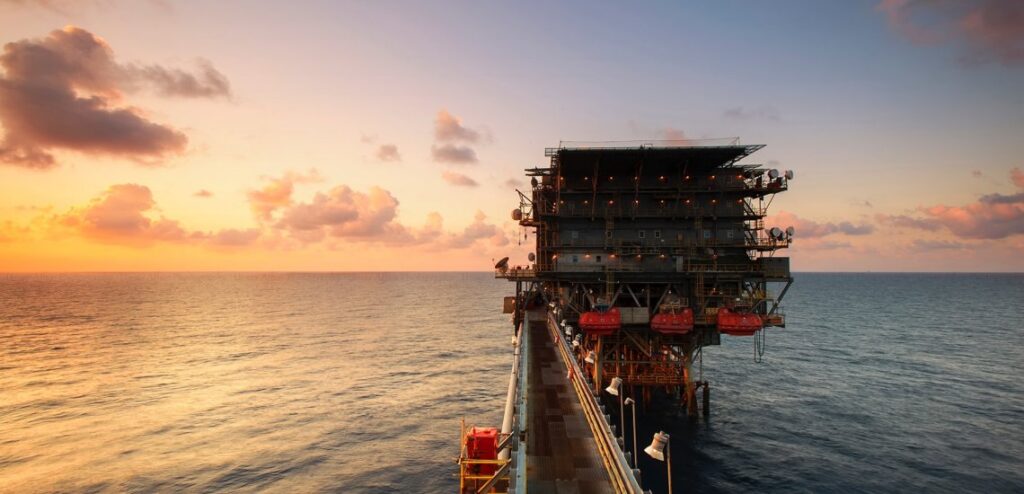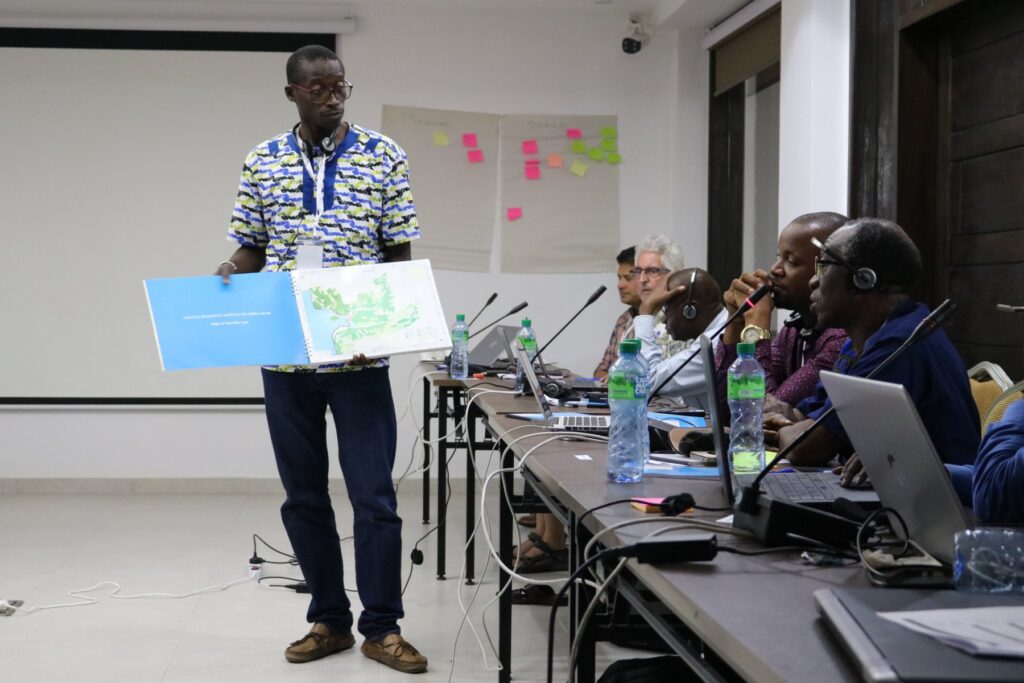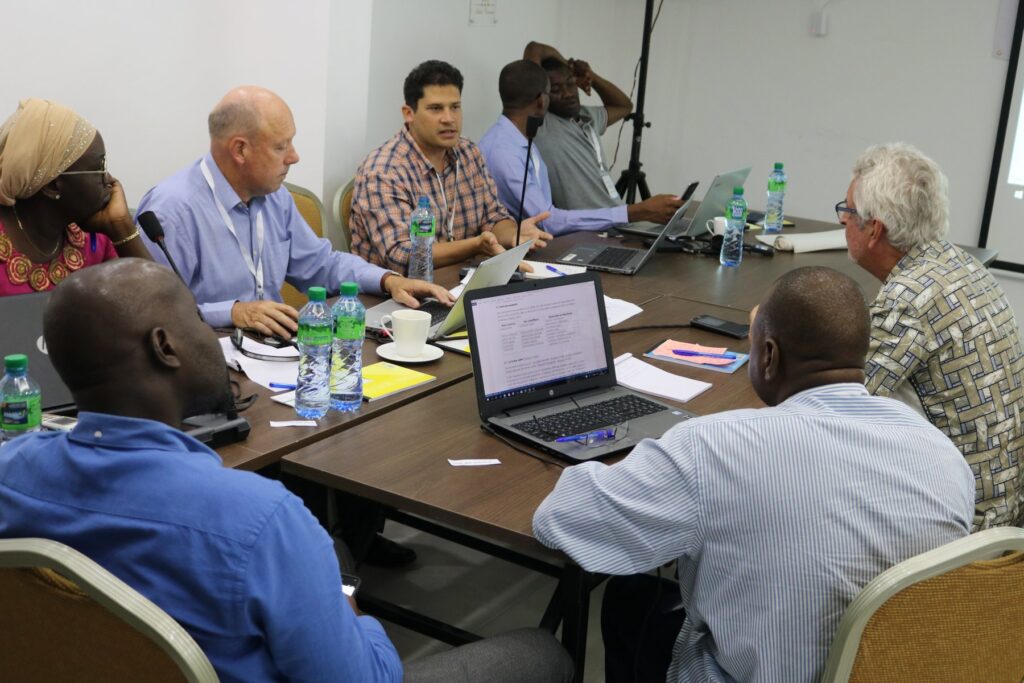Protecting Biodiversity in West Africa’s Offshore Oil & Gas Development

In September 2019 BirdLife Africa successfully conducted an oil and gas workshop in Senegal. The aim of this workshop was to map out vulnerable marine and coastal areas in West Africa that are under threat offshore oil and gas activity.
By Elena Serra Sánchez
Dead fish washed ashore, turtles covered in oil and unable to move, thick gobbets of oil staining pristine white sands and dark polluted waters are harrowing, salient reminders of the negative impacts that offshore oil and gas development can have on marine and coastal areas ecosystems. In West Africa, offshore oil and gas activities have increased tremendously in the recent past, and so has the risk to these ecosystems.
BirdLife Africa conducted an oil and gas workshop in Senegal, as part of the Cobia Initiative. This initiative is funded by MAVA Foundation and brings together various partners including The Regional Partnership for Coastal and Marine Conservation (PCRM), Institute of Sustainable Development and International Relations (IDDR), the Abidjan Convention Secretariat and BirdLife Africa with the goal of improving management of environmental and socio-economic risks related to offshore oil and gas development activities.
During the three-day workshop, experts drawn from conservation institutes and ocean research centers, environment ministers and project partners from Guinea-Bissau, Mauritania, Senegal and Sierra Leone discussed tackling threats that the development of offshore oil and gas activities in West Africa pose to the environment and ecosystems.

West Africa’s oil and gas industry is growing with many offshore exploration and production permits already granted. Moreover, new oil and gas field discoveries have been made in various countries including Senegal and Mauritania. Consequently, the region is projected to become an offshore major oil and gas development hub, given this considerable growth.
These developments are bound to have an impact on marine and coastal areas in the region leading to increased threats to these environments, a situation that the COBIA initiative seeks to address with adequate environmental management.
As part of the project’s scientific knowledge enhancement and environmental monitoring, BirdLife is working to improve scientific knowledge on the marine environment and vulnerable marine areas. Consequently, BirdLife organized this workshop to share the preliminary results on the process of mapping out coastal and marine biodiversity at risk of offshore oil and gas activity in West Africa.

“The workshop was very interesting as it allowed all partners to present their collected data and identify the gaps on their research”, said Salla Ba, MAVA Program Officer. “We discussed about the difficulties the mapping faced and identified the priorities of each partner”, added Romain Schumm, offshore oil and gas activities researcher at IDDRI.
The presentation of scientific data will be followed by discussions by partners on the best method to come up with these maps
As Paul Silaï Tendeng, the Oil and Gas project Manager for BirdLife and the organizer of the workshop explained, “The development of this map is essential for the project since it will be a key tool for decision making. This map will allow us to know priority conservation areas and thus help us decide best practices for protecting West Africa’s marine ecosystem”, he concluded.


